Everything You Need to Know About Red Light Therapy at Home
Red light therapy has gained massive popularity in recent years for its potential benefits in improving skin health, reducing body pain, and promoting overall well-being. If you’re looking for the best red light therapy bulbs, you need to consider factors like wavelength, energy efficiency, and application methods. The right red light therapy bulb can be an excellent tool for pain relief, skin rejuvenation, and muscle recovery, offering a non-invasive alternative to expensive treatments.
Benefits of Red Light Therapy
Before selecting the right red light bulb, it's important to understand how red light therapy works. It utilizes specific wavelengths of light, primarily 660nm red and 850nm near-infrared, to penetrate the skin and stimulate cellular processes. This light energy can help:
- Stimulate collagen production, improving elasticity and minimizing the appearance of wrinkles.
- Enhance skin care by promoting skin health and reducing inflammation.
- Support pain relief provided by targeting muscles and joints to speed up recovery.
- Help with relaxation and healthy sleep when using a bulb for healthy sleep as a night light.
- Offer full-body benefits, making red light therapy for body an effective choice for general wellness.
With these benefits in mind, let’s dive into choosing the right red light therapy device for your needs.
Factors to Consider When Choosing a Red Light Therapy Bulb
1. Wavelengths Matter
One of the most critical factors when selecting a red light therapy bulb is ensuring it emits the correct wavelengths of light. A combination of 660nm deep red and 850nm near-infrared light is the most effective for penetrating deep into tissues and skin layers. While deep red wavelengths target surface-level concerns like skin health, near-infrared light works deeper into muscles and joints for pain relief.
2. Bulb Type and Compatibility
Not all light bulbs are created equal, so it's essential to choose a bulb with an E26 standard base, which is commonly used in home lighting fixtures. Some therapy bulbs are also designed to fit into a clamp lamp, allowing for targeted applications on different areas of the body. If you plan to use red light therapy at home, ensure that your bulb is compatible with your light source.
3. Power and Efficiency
While some therapy bulbs come with high wattage, many energy-efficient 9W options provide adequate therapy without excessive power consumption. If you’re looking for an infrared combo, make sure the infrared bulb offers a good balance between power output and heat emission. A 60-watt equivalent is often sufficient for personal use without the risk of overheating.
4. LED vs. Incandescent Bulbs
LED therapy bulbs are more efficient than traditional incandescent bulbs. LED light therapy options provide consistent red and near-infrared light while being longer-lasting and low EMF emitting. Many customers find that LED bulbs are a value for money investment due to their durability and effectiveness.
Choosing the Best Red Light Therapy Device for Specific Needs
For Skin Care and Anti-Aging
If your primary goal is improve skin texture, enhance collagen production, and reduce wrinkles, choose a red light therapy device with 660nm and 850nm wavelengths. These devices can be used on the face and body, helping to stimulate collagen production and improve skin health. Some users prefer led masks that focus on the face and neck for a targeted approach.
For Pain Relief and Muscle Recovery
For individuals dealing with body pain, sore muscles and joints, or chronic pain, an infrared red light therapy device can be beneficial. Infrared light penetrates deeper into tissues, making it effective for pain relief provided by therapy bulbs. Using the light for 15 minutes a day can significantly improve comfort and mobility.
For Sleep and Relaxation
If you’re looking for a bulb for healthy sleep, opt for a red light bulb that emits minimal blue light. Studies suggest that amber light or pure red light can improve melatonin production, making it a great night light option. Using this bulb only half an hour before bedtime may improve sleep quality.
Customer Reviews and Common Concerns
When choosing a red light therapy device, it’s essential to look at customer reviews. While many users find it well-made and effective, others report issues such as issues with its weight or durability. Customers have mixed opinions on the intensity and functionality of some therapy bulbs. However, many agree that the best therapy bulbs provide noticeable results within 30 days of regular use.
Common Issues and Considerations
- Eye Protection: Some wavelengths, particularly near-infrared, are invisible to the naked eye, so light glasses or protective eyewear are recommended.
- Mixed Visibility: Due to half of the chips being infrared, chips will appear illuminated unevenly, which is normal.
- Returns and Warranty: Many companies offer a return policy within 30 days of receipt, so always check before purchasing.
Making the Right Choice
If you’re considering therapy at home, choosing the best red light therapy bulb depends on your needs. For skin care, opt for a light therapy device focusing on red and 850nm near-infrared wavelengths. If pain relief is your goal, an infrared combo might be better. Consider an A19 bulb if you need a standard fit for your home setup.
Regardless of your choice, frequency of use plays a crucial role in achieving optimal results. Many experts recommend 15 minutes a day for maximum effectiveness. If you’re uncertain, recommend it to anyone who is curious about light therapy at home, as these bulbs provide an accessible and non-invasive way to experience the benefits of red light therapy.
The new device is already available in our online store. An electric mask for removing wrinkles from the face is your reliable assistant in the fight for youth and beauty of the skin. Turn self-care into a pleasure and enjoy visible results after the first procedures!
Key Takeaways
- Red light therapy bulbs are beneficial for skin health, pain relief, and sleep improvement.
- The best therapy device combines 660nm deep red and 850nm near-infrared light.
- Consider led light therapy for efficiency and longevity.
- Light in the room can affect sleep quality, so opt for low EMF and blue light-free bulbs.
- Customer reviews highlight both benefits and opinions on functionality.
- Regular use for 15 minutes a day can provide noticeable results within 30 days.
By considering these factors, you can confidently choose a red light therapy device that fits your lifestyle and health needs.

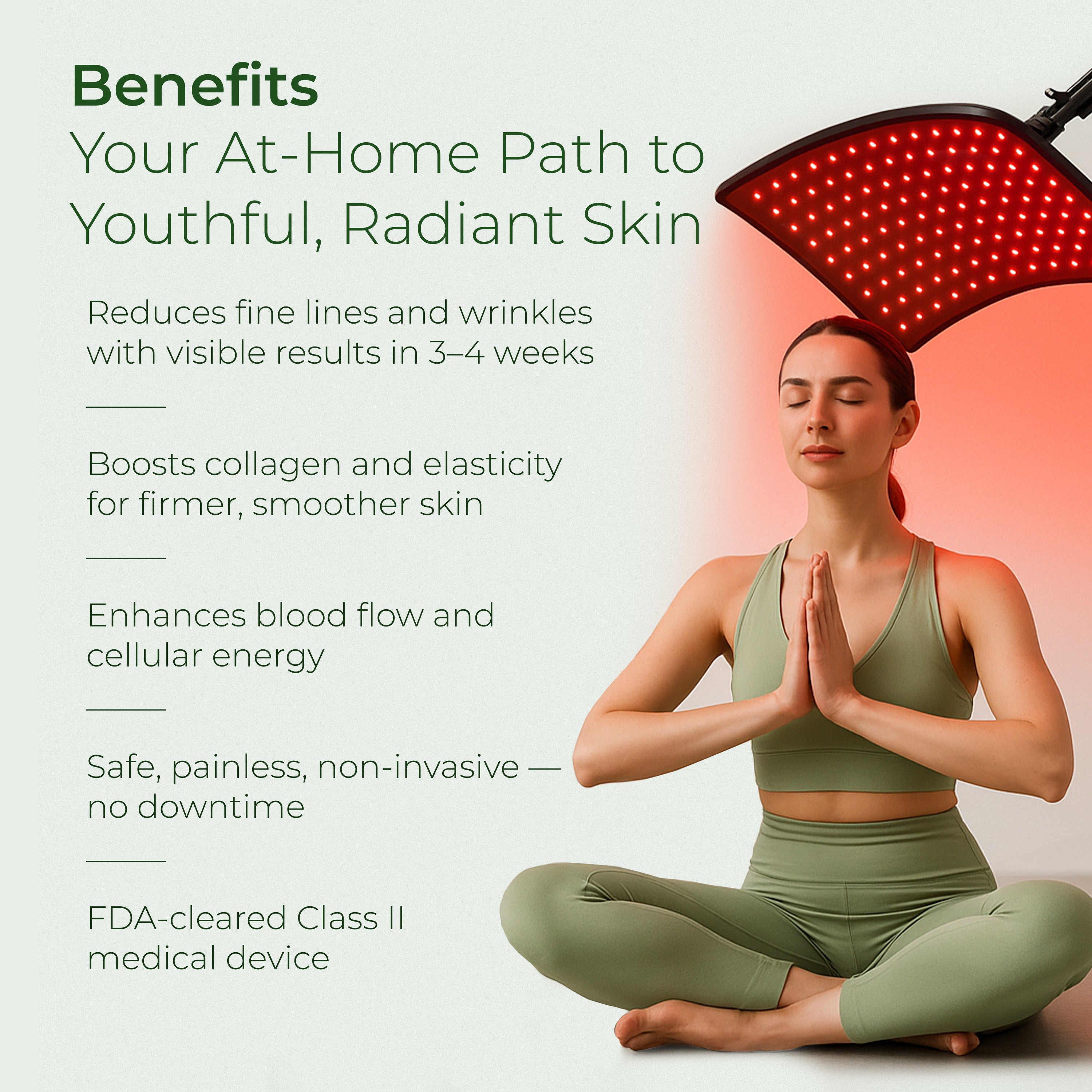
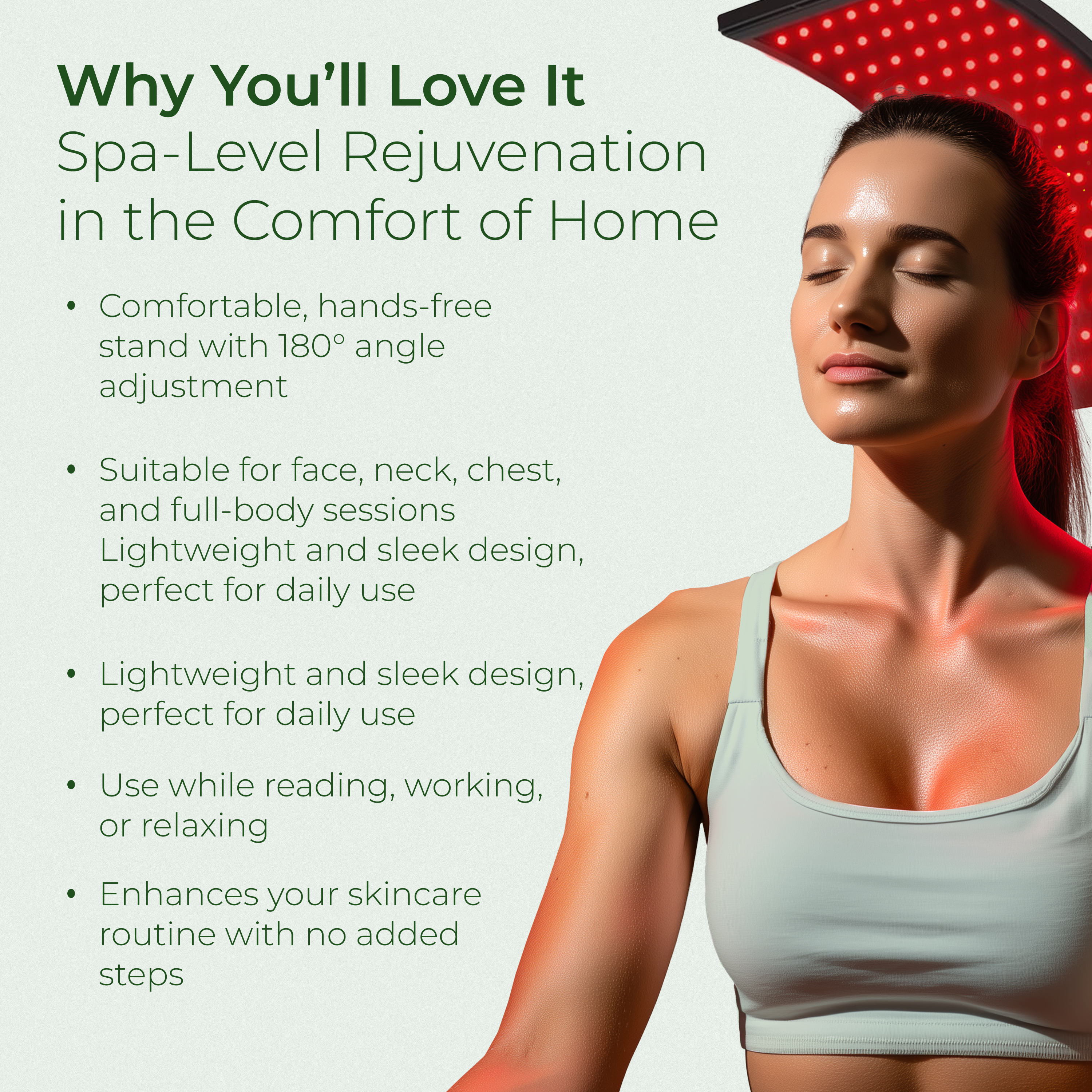

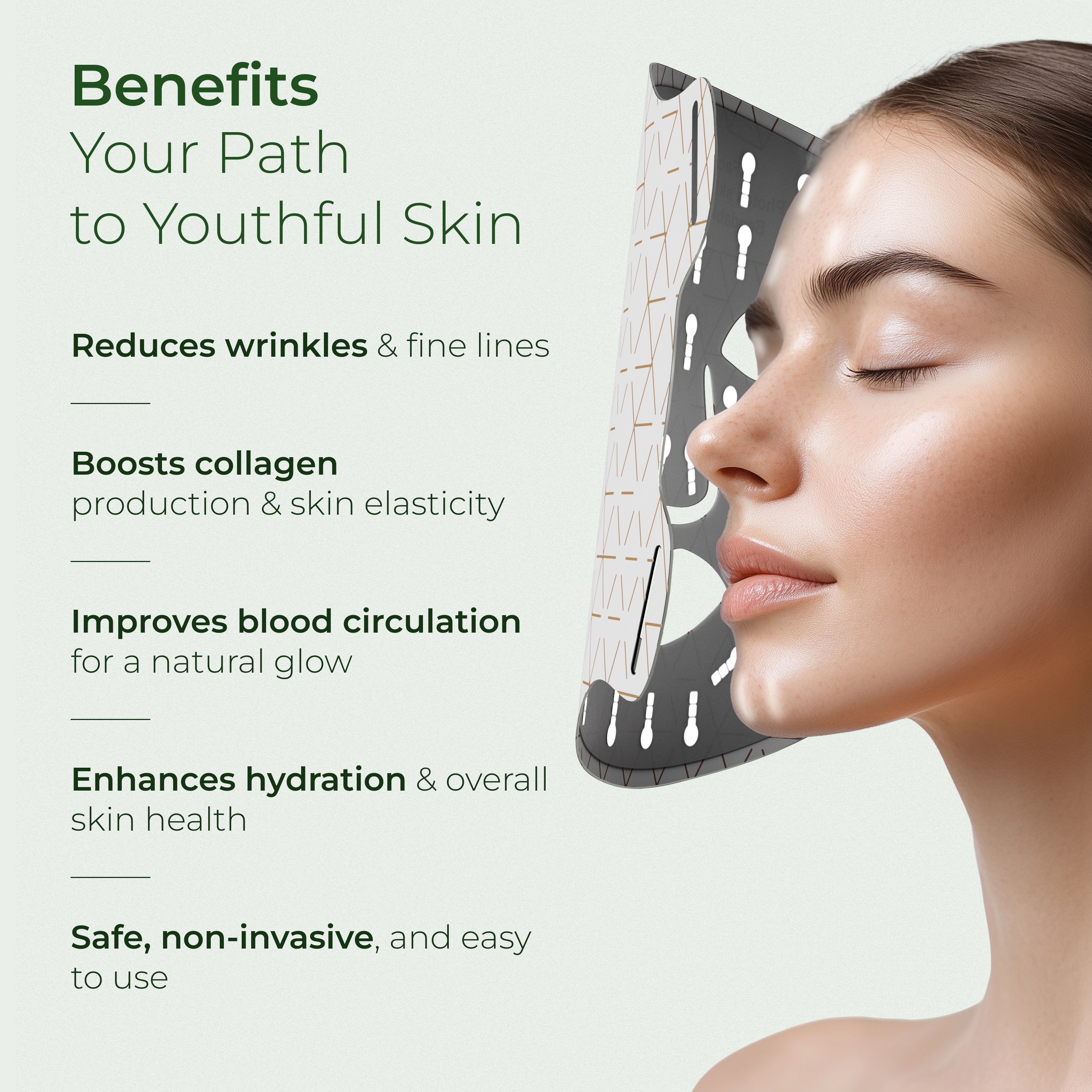


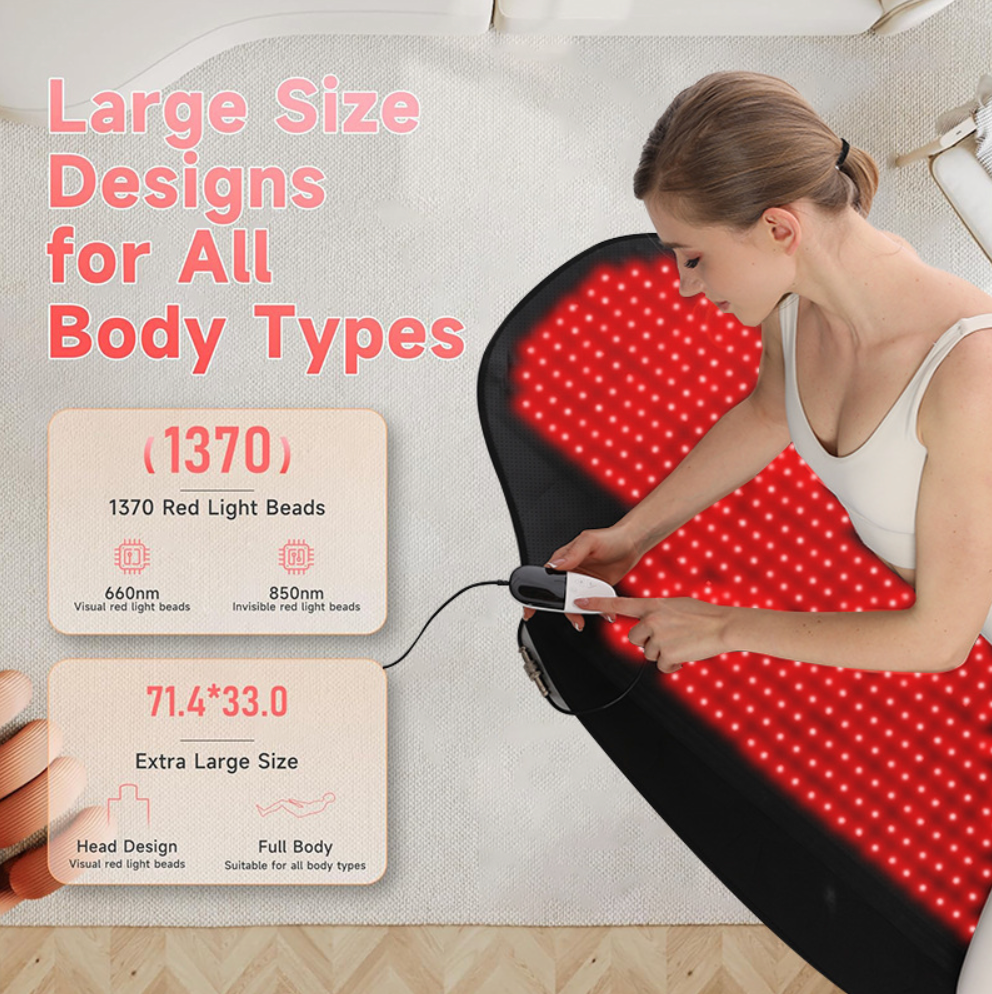
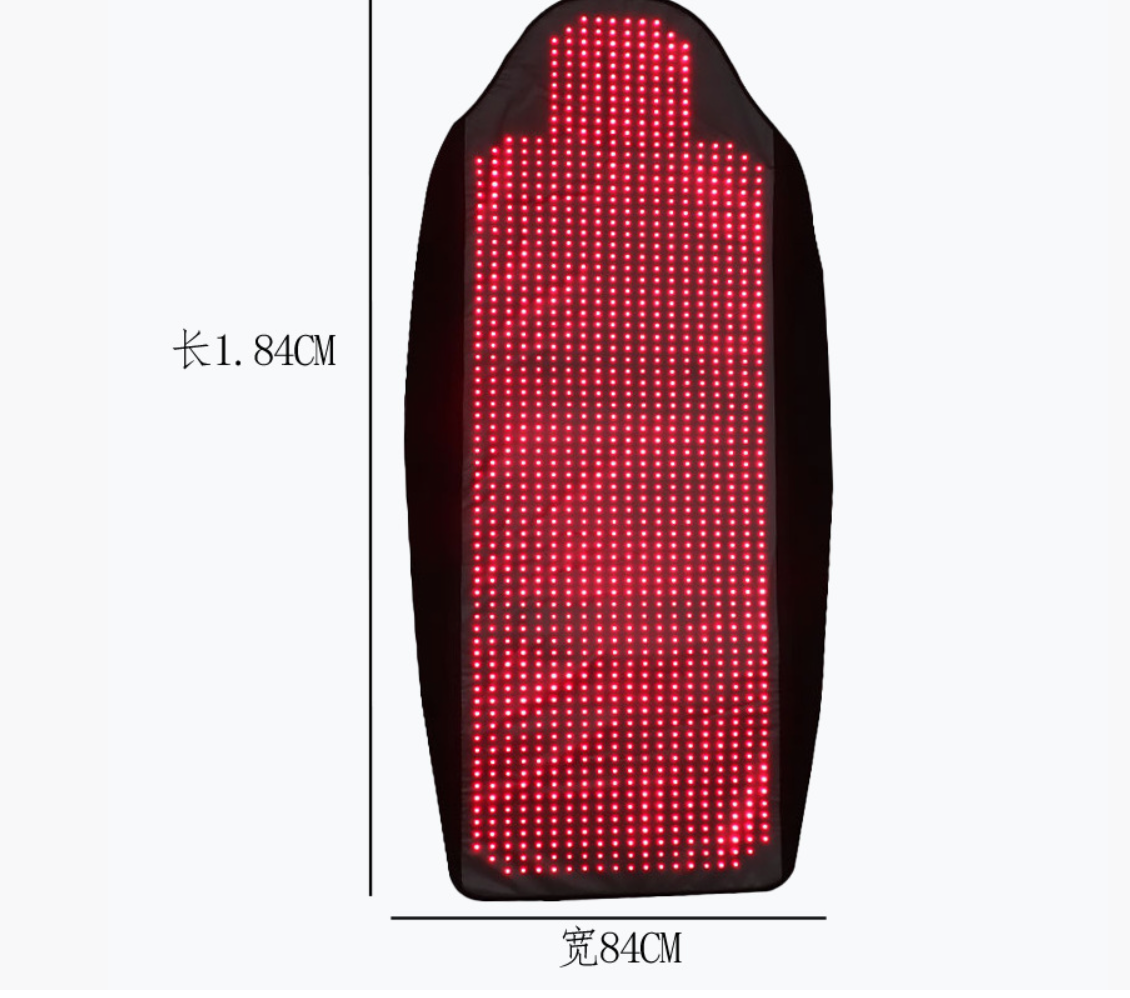
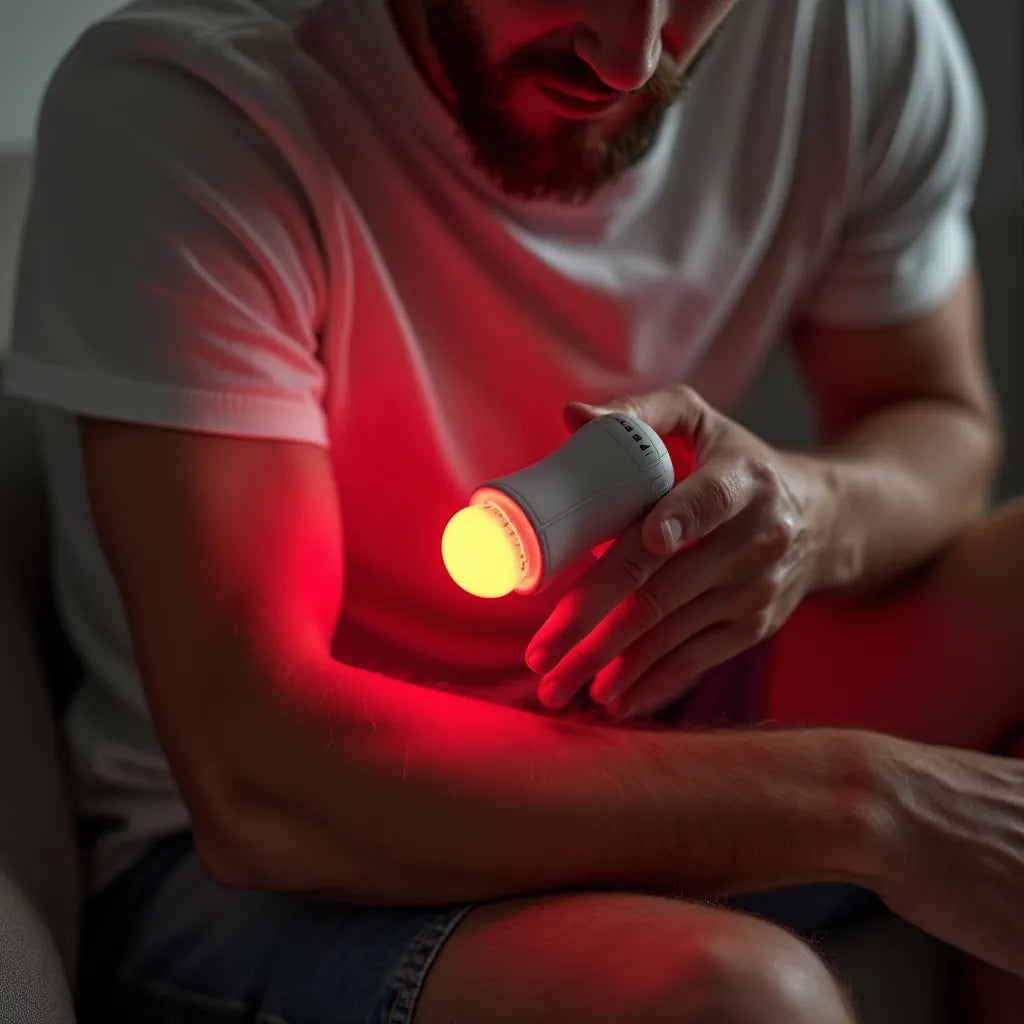
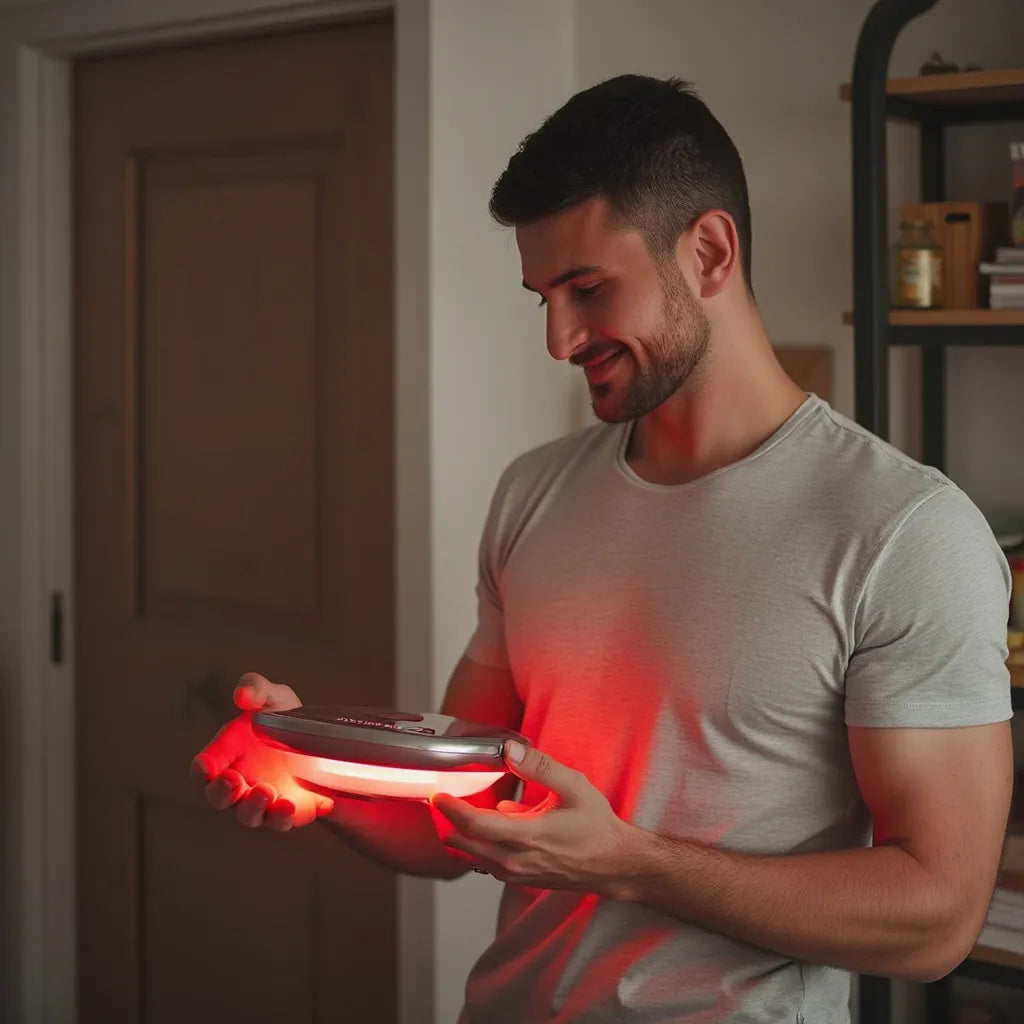
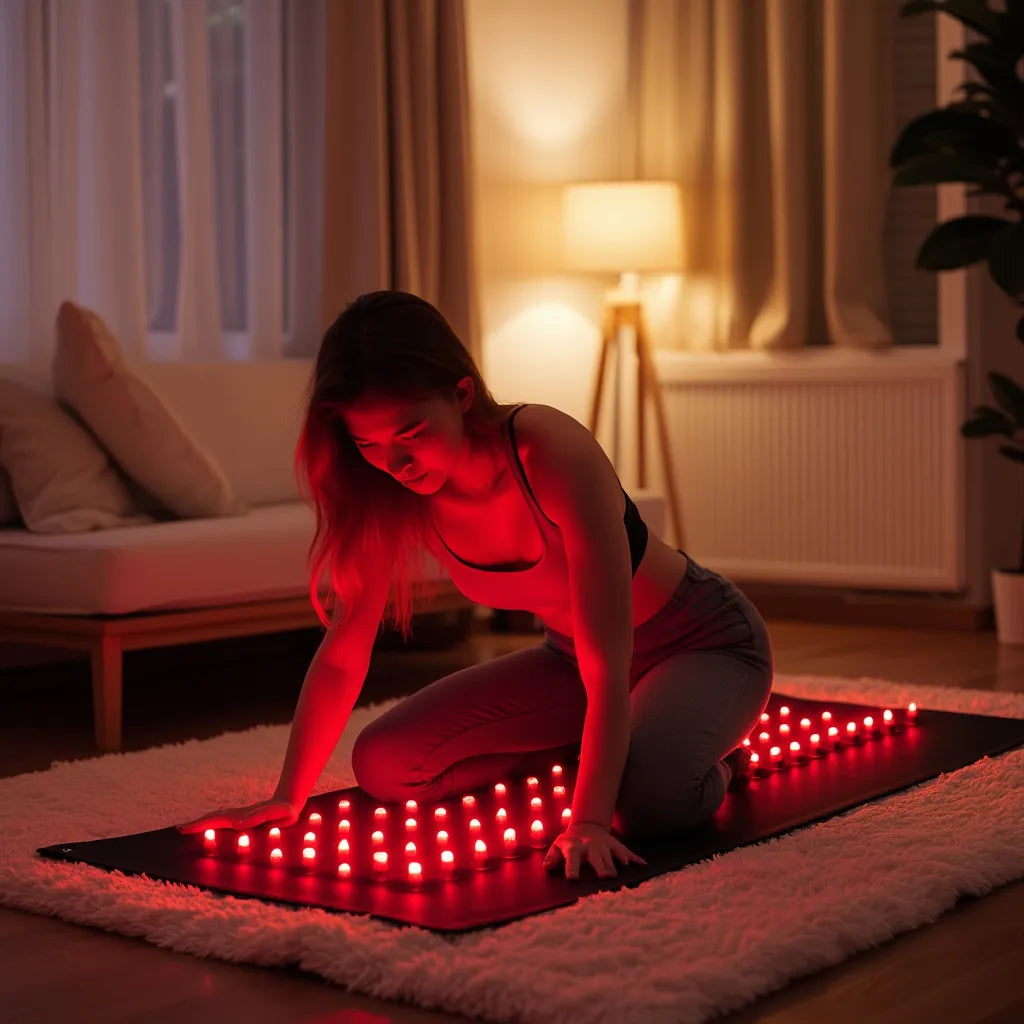
Dejar un comentario
Este sitio está protegido por hCaptcha y se aplican la Política de privacidad de hCaptcha y los Términos del servicio.